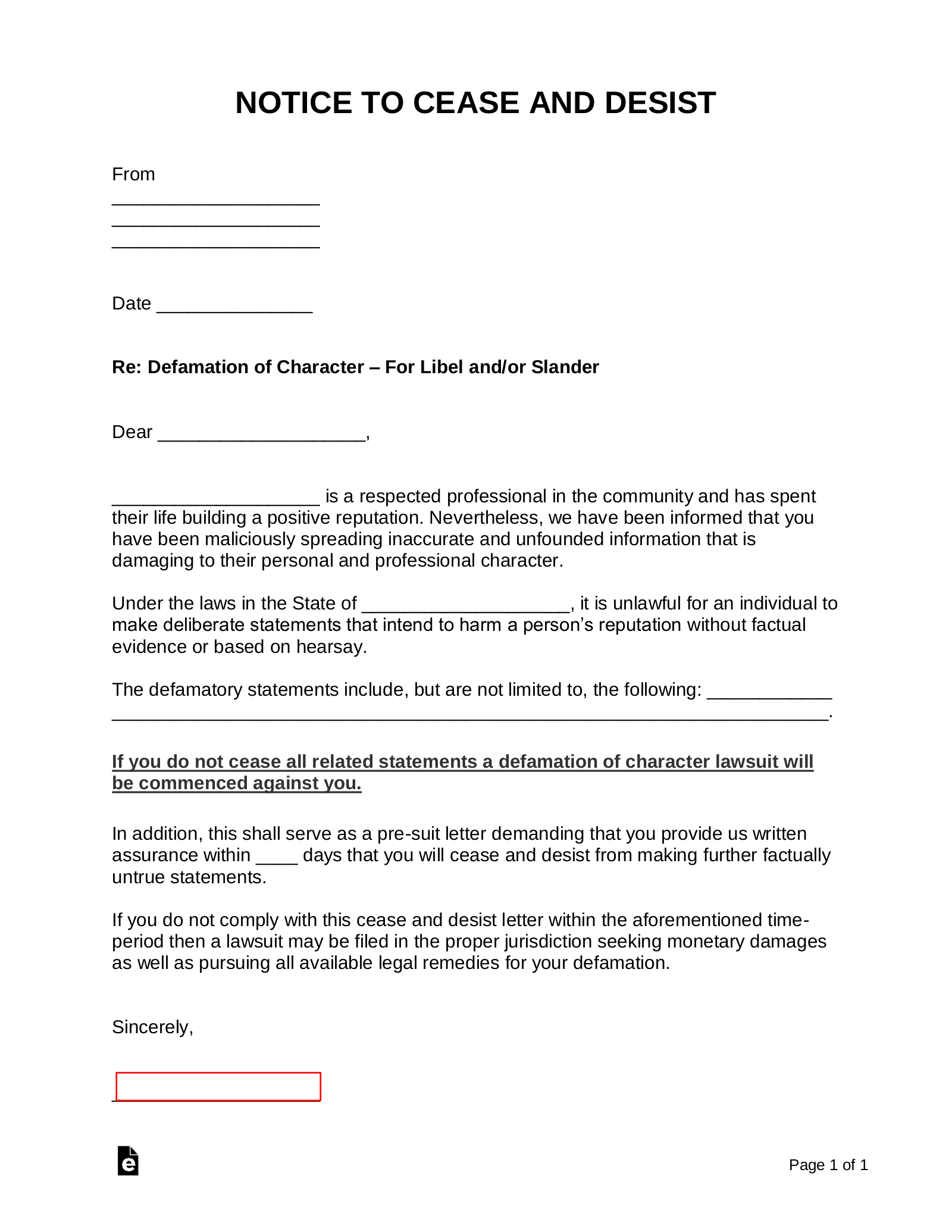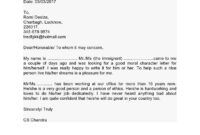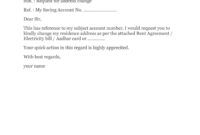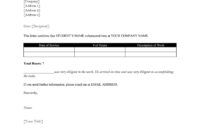Navigating the complexities of online interactions and public discourse can sometimes lead to unforeseen challenges. In an era where information spreads rapidly, often without proper verification, individuals can unfortunately become targets of false and damaging statements. When these untruths are presented as facts and harm your reputation, it’s not just unfair, it’s potentially libelous, and it can have serious consequences for your personal and professional life.
Fortunately, there are steps you can take to address such situations. One of the most common and effective initial responses is to issue a cease and desist letter. This formal document serves as a powerful warning, demanding that the offending party immediately stop their harmful actions. Understanding how to construct such a letter, or knowing where to find a reliable cease and desist libel letter template, can empower you to protect your good name.
Understanding Libel and Its Impact
Libel is a serious matter. At its core, libel refers to defamation that is published or broadcast in a permanent or semi-permanent form, such as in writing, on a website, in an email, or through spoken words on a recorded platform. Unlike slander, which involves transient spoken words, libel leaves a lasting trace. The damaging effect of false statements can be profound, eroding trust, harming professional standing, and causing significant emotional distress. Imagine a false accusation spread across social media or reported by a local blog; the reach is immediate, and the damage can be extensive, often making it difficult to fully recover your reputation.
When someone publishes a false statement about you that injures your reputation, it’s not something to be taken lightly. The first step in many situations is to send a cease and desist letter. This letter isn’t a lawsuit, but it signals your serious intent to pursue legal action if the defamatory behavior doesn’t stop. It’s a formal request that the individual or entity halt their libelous activity, remove any existing false publications, and potentially issue a retraction or correction. It puts them on notice and often resolves the issue without further legal intervention, which can save considerable time and money for all parties involved.
Key Elements of Libel
To prove libel, generally, several key elements must be present. These are crucial to understand before you consider sending a letter or taking further legal steps. It’s not just about someone saying something negative about you; it has to meet specific legal thresholds. Knowing these helps you determine if you genuinely have a case and if a cease and desist letter is the appropriate response.

Here are the typical elements that constitute libel:
The psychological and reputational toll that libel can take on an individual should never be underestimated. It can affect your career prospects, disrupt personal relationships, and even impact your mental well-being. Knowing your rights and having the tools to address these damaging falsehoods is therefore incredibly important for your peace of mind and future success.
Crafting an Effective Cease and Desist Libel Letter
When you decide to send a cease and desist letter, the way you craft it is paramount to its effectiveness. This isn’t just a strongly worded email; it’s a formal document with legal implications. The tone should be firm and serious, but also professional. Avoid emotional language, threats, or aggressive rhetoric that might undermine its legal weight. Instead, focus on clearly stating the facts, referencing the specific libelous statements, and outlining the precise actions you demand the recipient take. Clarity in your demands leaves no room for misinterpretation and increases the likelihood of a positive outcome.
A well-structured letter will leave no doubt about the severity of the situation and your readiness to protect your rights. It should clearly identify you, the sender, and the recipient. It needs to meticulously detail the specific statements that are libelous, including where and when they were published. Attaching screenshots or links as evidence can significantly strengthen your position. Crucially, the letter must unequivocally demand that the libelous content be removed, that the false statements cease, and that no further similar statements be made. A clear deadline for compliance is also a standard and effective component.
Here are essential components to include in your cease and desist libel letter template:
Once drafted, delivering the letter appropriately is just as important as its content. Sending it via certified mail with a return receipt requested ensures you have proof of delivery. This documentation is invaluable should you need to escalate the matter. Remember, while a cease and desist letter is often an effective first step, it is not a legal filing itself. If the recipient fails to comply by the specified deadline, you may then need to consider consulting with a lawyer to explore other legal remedies, such as filing a lawsuit for defamation. A legal professional can guide you through the complexities of court proceedings and help you understand your full range of options.
Protecting your reputation in an increasingly interconnected world requires vigilance and a willingness to act when necessary. A carefully constructed cease and desist letter can be an incredibly powerful tool in your arsenal, often resolving issues without the need for prolonged legal battles. It demonstrates your commitment to upholding your integrity and demanding accountability from those who seek to undermine it.
Taking proactive steps to address libelous statements can offer a sense of control and empowerment when facing difficult situations. By clearly communicating your intent and outlining the consequences of non-compliance, you create a strong foundation for resolving the issue and safeguarding your good name for the future.



